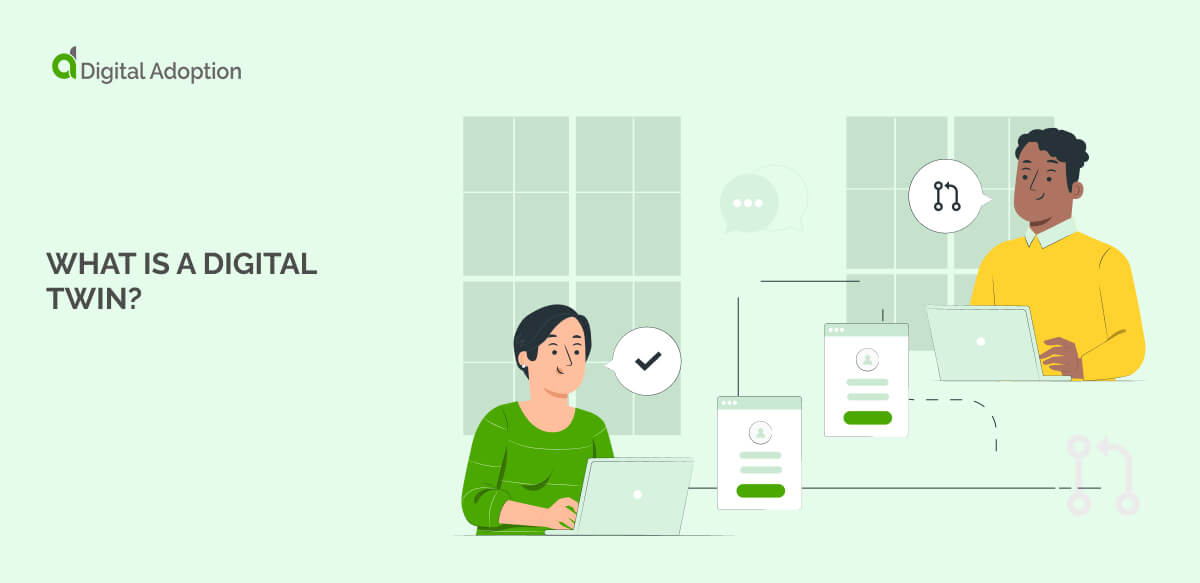What is a digital twin?
A digital twin is a virtual model of a real-world object, system, or process. Through applied observability techniques, it uses live data from sensors and devices to copy how the physical version works and performs. These virtual replicas provide real-time insights into operations and performance.
Digital twins are used across industries like manufacturing, healthcare, and city planning. For example, a factory can simulate production line changes, while hospitals use them to model patient care. Cities create digital twins to optimize traffic flow and energy usage.
As part of digital adoption, digital twins connect the physical and digital worlds, helping organizations better understand and improve their operations.

